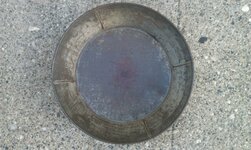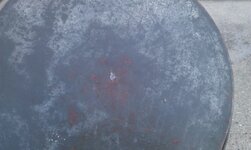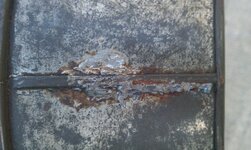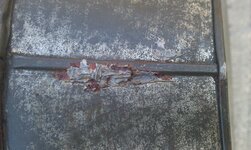kuger
Gold Member
- Nov 6, 2007
- 9,721
- 2,796
- Detector(s) used
- ,M.X.T.& Tesoro Tejon
- Primary Interest:
- All Treasure Hunting
Been meaning to do this for some time......Early Gold Rush the Wooden Batea was used.The "Yankee",miners didnt know how to pan,or mine....the Mexican,and Chilean's did,both countries having gold and people that mined it for hundreds of years with the Batea...and taught the Yanks how to pan.Then came the Five Piece solder seamed pan which was the pan until the late 1860's,then came the sloped edge pan we so commonly see still used today(Many do not realize this style didnt come about until as late as it did.Pictured also is my classifier pan used in cleaning and classifieing hard rock samples as well as Placer
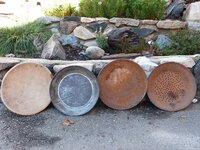

Amazon Forum Fav 👍
Upvote
0


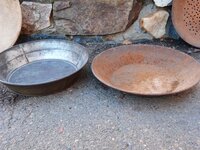
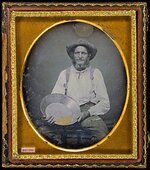
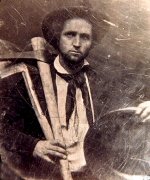
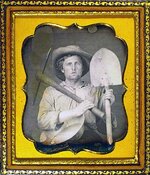
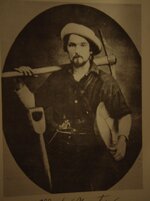
 BRAVO!!Very astute you are!!That is exactly right,and is the only place it is published.He is the great Grand Father of the the Very Prominent Sanguinetti Family.He actually made his fortune twice after having the first stolen from him by his partner.He married the Love of his Life(I believe her name was Rose(?))
BRAVO!!Very astute you are!!That is exactly right,and is the only place it is published.He is the great Grand Father of the the Very Prominent Sanguinetti Family.He actually made his fortune twice after having the first stolen from him by his partner.He married the Love of his Life(I believe her name was Rose(?))




